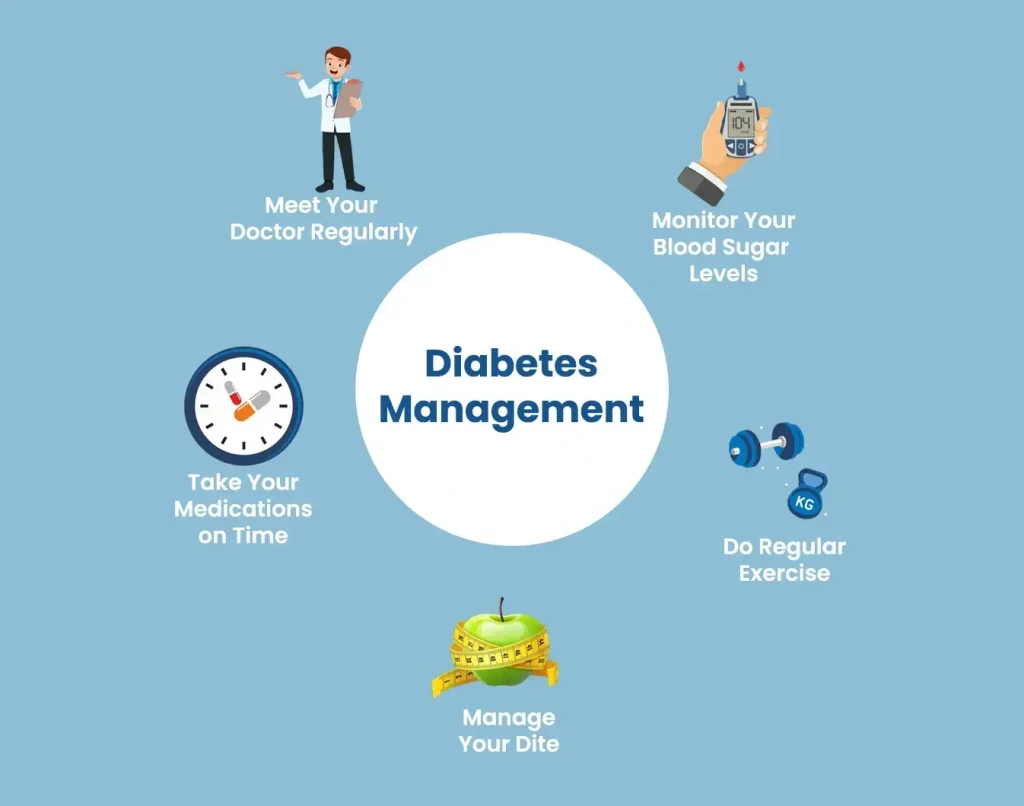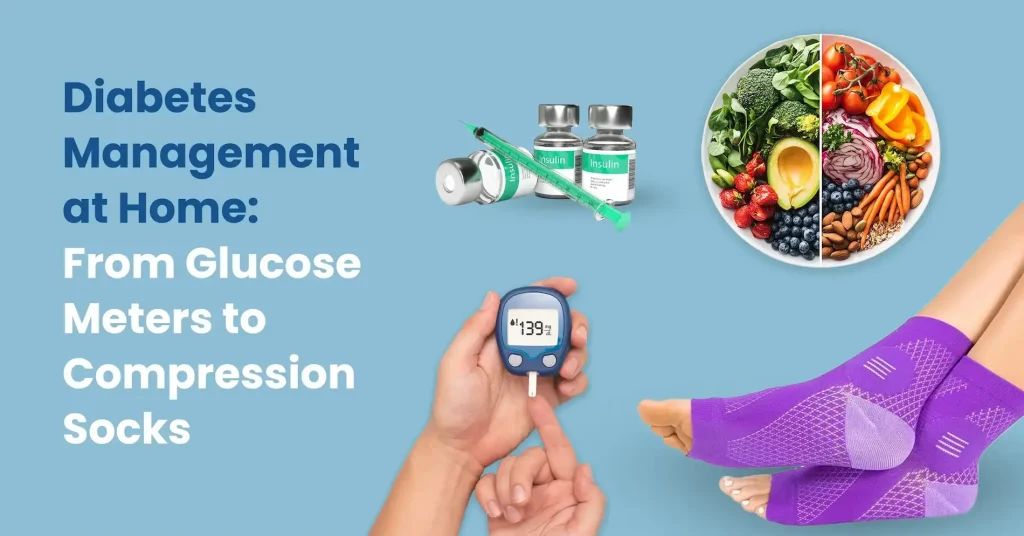Living with diabetes demands daily attention. It is a journey of constant learning. Diabetes management happens mostly at home. This self-care is crucial for long-term health. Modern tools have revolutionized this process. They empower individuals to take control. This article explores essential home management strategies. We will discuss key tools and techniques. Our focus starts with the most vital device. That device is the glucose meter.
The Central Role of the Glucose Meter
A glucose meter is a small electronic device. It measures your blood sugar level. This simple tool provides immediate feedback. That feedback is the cornerstone of diabetes care. Knowing your numbers informs every decision. It tells you if you are on track. It alerts you to dangerous highs or lows. This information is power. It transforms guesswork into informed action.
Think of your glucose meter as a compass. It guides you through each day. It helps you navigate food and activity. Without it you would be managing blind. Regular testing creates a detailed picture. This picture shows how your body responds. You see the effects of different foods. You understand the impact of exercise. Stress and illness also affect your numbers. The meter reveals these connections clearly.
Understanding Your Numbers and Tests
Diabetes management relies on specific targets. These targets are your personal goals. They are based on general clinical guidelines. Your doctor will help you set these ranges. The most common test is the fasting blood sugar. This is taken after not eating for several hours. A normal fasting level is below 100 mg/dL. A reading above 126 mg/dL may indicate diabetes.
Another important test is the postprandial test. This measures sugar levels after a meal. Testing two hours after eating is standard. The goal is often under 180 mg/dL. The A1C test is different. It provides an average blood sugar level. This average is from the past two to three months. An A1C under 5.7% is considered normal. For diabetes management a target below 7% is common.
The insulin blood test is also valuable. It measures how much insulin your body makes. There is no single “normal” range for everyone. Your doctor interprets this result for you. It helps determine your body’s insulin sensitivity. Understanding these tests is fundamental. They form the language of diabetes management. Your glucose meter speaks this language daily.
Integrating Testing into Daily Life
Consistency is more important than perfection. Establishing a testing routine is essential. Test at the same times each day. This creates valuable comparative data. Most people test upon waking. They also test before meals and bedtime. Testing before and after exercise is wise. It shows how activity influences your glucose.
Keep a detailed log of your results. Many modern meters have digital memory. They store hundreds of readings. Some even connect to smartphone apps. These apps analyze patterns for you. They can generate reports for your doctor. This data-driven approach is powerful. It moves beyond single readings. It reveals trends over weeks and months. You might notice a recurring high every afternoon. This pattern prompts a investigation. Perhaps a morning snack needs adjustment.
Beyond the Meter: A Holistic Toolkit
The glucose meter is indispensable. But it is only one part of the puzzle. Successful diabetes management requires a full toolkit. This includes dietary choices and physical activity. Medication adherence is also critical. Other physical tools provide significant support. One such tool is often overlooked. That tool is the compression sock.
Foot health is a major concern for diabetics. High blood sugar can damage nerves. This condition is called neuropathy. It can reduce feeling in your feet. It also affects blood circulation. Poor circulation slows wound healing. A small blister can become a serious problem. This is where compression socks play a role.
The Supportive Role of Compression Socks
Compression socks are specially designed hosiery. They apply gentle pressure to your legs and feet. This pressure aids circulation. It helps push blood back up toward the heart. This reduces swelling and fluid buildup. For people with diabetes this is beneficial. Improved circulation supports better foot health. It delivers more oxygen and nutrients to the tissues.
These socks also provide a protective barrier. They can minimize friction that causes blisters. Many are made from soft moisture-wicking materials. This keeps feet drier and reduces infection risk. They are not a treatment for diabetes itself. Instead they are a proactive preventive measure. They are part of a comprehensive foot care regimen. This regimen should include daily foot inspections.
Building Your Diabetes Management Plan
Your management plan is unique to you. It is a collaboration with your healthcare team. Diabetes management guidelines provide a framework. Your personal life fills in the details. Your plan will include target blood sugar ranges. It will outline your testing schedule. Your diet and exercise goals are part of it. Your medication or insulin regimen is central.
Diabetes self management is a continuous process. It requires patience and adaptation. What works one year might need tweaking the next. Your body changes over time. Your management strategies must evolve too. The goal is not just to control numbers. The goal is to live a full and healthy life. The tools you use make this goal achievable.

Creating a Synergy of Care
The true power lies in combining these elements. Your glucose meter informs your food choices. Post-meal walk helps lower your glucose reading. Your comfortable compression socks make that walk easier. Each component supports the others. This creates a synergy of care. It builds a robust system for wellness.
Technology continues to advance. New devices like continuous glucose monitors are available. These sensors provide real-time glucose readings. They offer even deeper insights. But the principle remains the same. Knowledge is the foundation of control. Whether from a meter or a sensor data drives decisions.
Empowerment Through Daily Action
Managing diabetes at home without any tool or device can be risky. If you are managing your diet or medicines remember, a best glucose monitor is essential for daily monitoring and for controlling diabetes. Work over each and every possible factor that can improve daily life. All actions accumulate.
You are the most important person in your care team. Your daily efforts have the greatest impact. Tools like glucose meters and compression socks are your allies. They provide the information and support you need. They empower you to manage your health actively. This empowerment is the ultimate goal. It can generate better health outcomes and greater peace of mind. Your journey is unexpected but you should be ready each day. The right tools can make it easy.
Frequently Asked Questions
When should I test my blood sugar?
Test as your doctor advises. Usually before meals and at bedtime. Checking after exercise is also helpful.
How do I test for diabetes at home?
Home meters manage diabetes; they don’t diagnose it. For a diagnosis, you need a lab test. Always see a doctor for official results.
What is a normal blood sugar range?
A normal range comes under 100 mg/dL. After meals, it needs to be under 180 mg/dL. Your doctor will set your personal target.
How does a glucose meter help?
It gives you instant blood sugar results. This information guides your daily food and activity choices. It is your essential daily tool.
Why use compression socks?
They support healthy circulation in your feet. This is vital for preventing complications. They are a simple protective measure.

